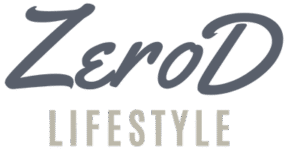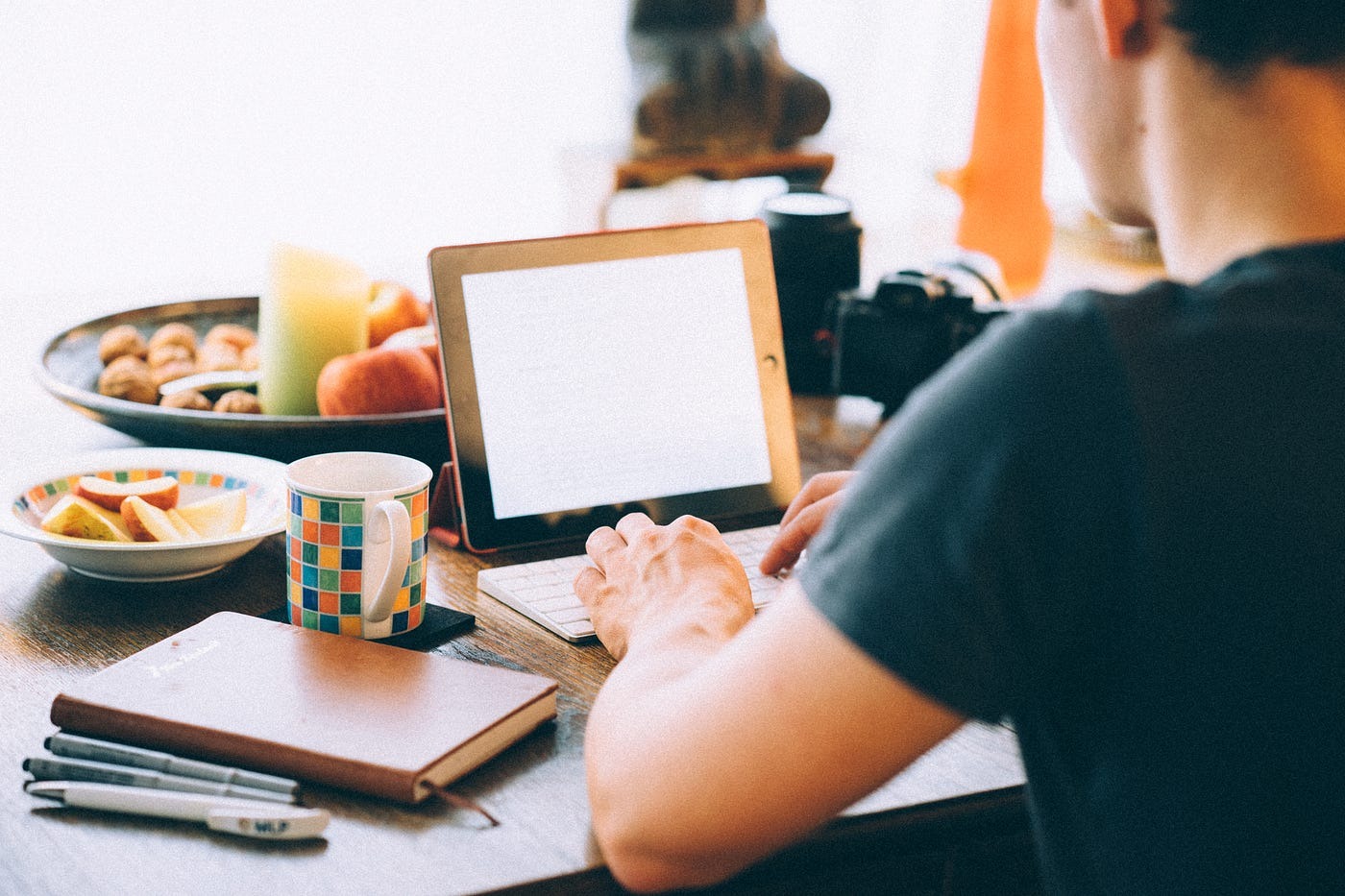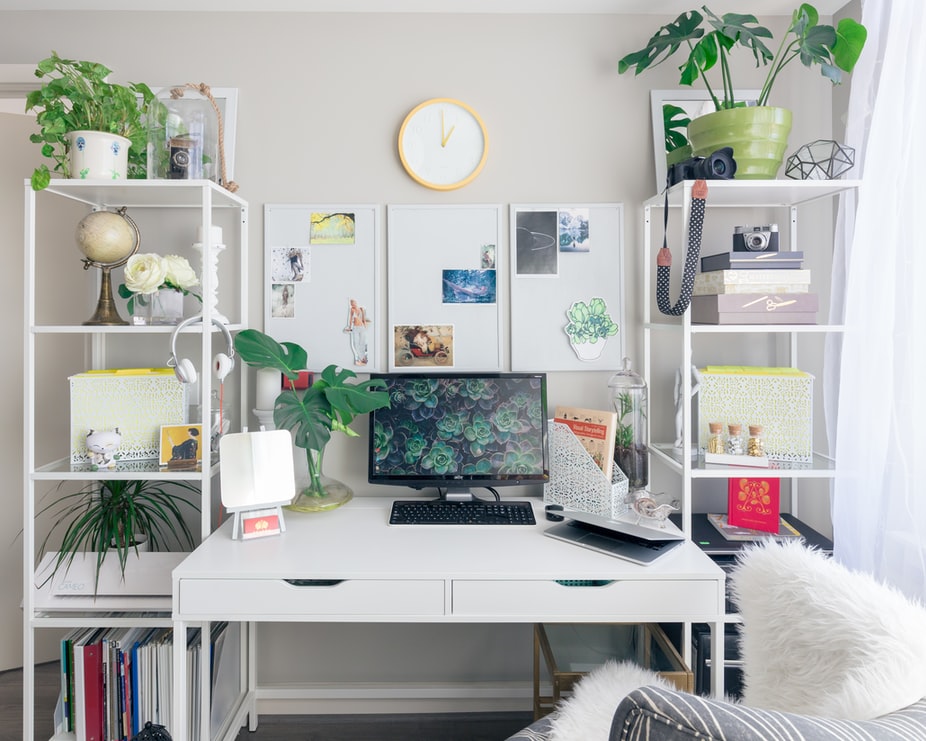
Best Productivity Life Hacks for Busy Professionals at Home
Working from home can be a dream—or a daily struggle—depending on how you manage your time, space, and energy. With constant distractions, blurred work-life boundaries, and overloaded schedules, it’s easy for productivity to suffer. Fortunately, there are simple and powerful life hacks you can use to stay focused, organized, and efficient. This guide covers the best productivity life hacks specifically designed for busy professionals working from home.
Table of Contents
ToggleCreate a Dedicated Work Zone
Having a specific area for work signals your brain to focus. Even if space is limited, carve out a corner or desk that’s used only for work-related tasks.
Keep it clutter-free, well-lit, and stocked with your essentials like chargers, pens, notebooks, and your calendar.
Stick to a Morning Routine
Start your day with a consistent routine that includes healthy habits—like stretching, drinking water, or reading for five minutes. A structured morning energizes your body and mind for the workday.
Avoid checking email or news first thing to stay mentally centered.
Use Time Blocking
Divide your workday into blocks of time, assigning each block to a specific task or type of task. This prevents multitasking and boosts efficiency.
For example:
-
9–10 AM: Emails and client communication
-
10–12 PM: Deep work/project tasks
-
1–2 PM: Meetings
-
3–4 PM: Admin tasks
Color-code your calendar for visual clarity.
Follow the 80/20 Rule
Also known as the Pareto Principle, this rule says that 80% of results come from 20% of actions. Focus on the few high-impact tasks that matter most.
Ask yourself daily: “What are the 3 tasks I can do today that will make the biggest difference?”
Set a Clear “Work Start” and “Work End” Time
Working from home can blur the line between personal and professional life. Define your work hours clearly—and stick to them.
Start and end your workday at the same time daily. Use rituals (like lighting a candle at the start or taking a short walk at the end) to mark the boundaries.
Turn Off Non-Essential Notifications
Constant pings and alerts interrupt your flow and reduce focus. Silence notifications from social media, apps, and non-urgent emails during your work blocks.
Use “Do Not Disturb” mode or focus settings on your devices.
Prioritize Tasks Using the Eisenhower Matrix
Use this simple matrix to decide what to do now, schedule later, delegate, or eliminate. It’s especially helpful when your to-do list feels overwhelming.
Categories:
-
Urgent and important: Do now
-
Important but not urgent: Schedule
-
Urgent but not important: Delegate
-
Neither: Eliminate
Set a Daily “Top 3” List
Every morning, write down your three most important tasks. These are your non-negotiables for the day.
Tackling these first ensures progress even if other things don’t go as planned.
Take Breaks With the Pomodoro Technique
Work in focused sprints of 25 minutes, followed by a 5-minute break. After 4 cycles, take a longer 15–30 minute break.
This method helps reduce burnout and maintain steady energy throughout the day.
Keep a Water Bottle at Your Desk
Hydration affects brain function, focus, and energy. Keep a water bottle near your workspace to remind yourself to drink regularly.
Aim for 6–8 glasses of water throughout the day to stay sharp.
Use Keyboard Shortcuts and Productivity Tools
Learn shortcuts for your most-used software to save time. Use tools like:
-
Trello or Asana for task management
-
Notion or Evernote for notes and project planning
-
Grammarly to speed up writing
-
Clockify or Toggl for time tracking
The right tools can dramatically improve how you work.
Batch Similar Tasks
Instead of jumping between different types of work, group similar tasks together. For example, check and respond to emails twice a day instead of constantly.
This minimizes context switching and improves concentration.
Declutter Your Digital Workspace
A messy desktop or overflowing inbox slows you down. Take 5–10 minutes each day to:
-
Organize files into folders
-
Clear your email inbox
-
Close unused tabs and programs
-
Back up important files weekly
A clean digital space promotes a clear mind.
Use Noise-Canceling Headphones or Background Sounds
Eliminate distractions with noise-canceling headphones or focus-enhancing sounds. Try ambient playlists, lo-fi beats, or white noise.
Apps like Brain.fm, Noisli, or YouTube have great productivity audio.
Keep a Physical To-Do List in Sight
A visual list keeps you on track. Use a whiteboard, sticky notes, or a notebook where you can see it during the day.
Crossing off tasks creates a sense of progress and motivation.
Say “No” More Often
Protect your time by learning to say no to unnecessary meetings, interruptions, or unimportant requests.
Use polite but firm responses like, “I’m focused on a project right now, can we revisit this later?”
Prep for the Next Day Before Logging Off
Before ending your workday, review your completed tasks and set up your top priorities for tomorrow. This helps you log off with a clear head and start fresh the next morning.
It takes 5 minutes but can save an hour the next day.
Use Templates for Recurring Work
Save time on emails, reports, or documents by creating templates. Most email tools allow for saved responses.
Keep a folder of frequently used text, instructions, or forms to avoid rewriting things from scratch.
Dress for Work
Dressing as if you’re going into an office—even casually—can shift your mindset from “home mode” to “work mode.”
This small habit increases focus and professionalism, especially during video calls.
Schedule Email and Communication Time
Instead of responding to emails all day, block specific times for checking and replying. This helps avoid constant distractions.
Two or three email check-ins per day is enough for most professionals.
Use a Standing Desk or Move Regularly
Sitting for long hours reduces energy and focus. Try a standing desk, or take movement breaks every hour.
Stretch, walk around the room, or do a few jumping jacks to refresh your body and mind.
Keep Healthy Snacks Nearby
Avoid brain fog and energy dips by keeping nuts, fruit, or protein snacks within reach.
Avoid sugary snacks that lead to crashes and slow productivity.
Avoid Multitasking
Focus on one task at a time. Multitasking reduces efficiency and increases errors.
Close unrelated tabs or programs while working on something important.
Celebrate Daily Wins
Take a moment to acknowledge what you’ve accomplished each day. This builds momentum, motivation, and satisfaction.
It can be as simple as checking off a list or writing a success in your journal.
Conclusion
Working from home requires structure, discipline, and intention. By using these productivity hacks consistently, busy professionals can get more done with less stress and more clarity. Whether it’s time-blocking, using tools, or setting boundaries, each habit brings you closer to a balanced and effective work-from-home life. Small changes lead to big results.
FAQs
What’s the best way to stay focused at home?
Create a quiet work zone, use the Pomodoro technique, and limit distractions like phones and social media.
How do I separate work and personal time at home?
Set clear start and end times for work, and physically step away from your workspace when done.
Are time-blocking and task batching different?
Yes. Time-blocking schedules tasks into your calendar, while batching groups similar tasks together.
What if my home environment is noisy or distracting?
Use headphones, background noise apps, or find the quietest room possible. Let others know your work hours.
Do I need productivity tools or can I use pen and paper?
Either works! Choose what you’ll actually stick with. Digital tools offer automation, while pen and paper keep things simple.
Related Posts
Sign up with your email and always get notifed of zerodevicesnet Lifestyles latest news!





